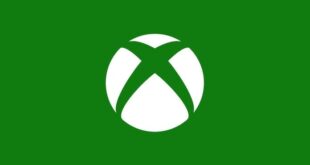In our latest feature, we’ve been looking at the rise of deferred rendering, and the pros and cons of the alternative to traditional forward shading engines.
Speaking to Develop, Guerilla’s art and animation director Jan-Bart Van Beek is optimistic about the merits of deferred rendering, which he and his colleagues used on Killzone 2: "Because you project your lights into the scene as a post-process, you’re not lighting any pixels that are hidden behind any other pixels."
There are also other advantages, according to Van-Beek: "Because you take all the lighting calculations out of your shaders, it makes them a lot less complicated. This means your artists can create the shaders, not programmers. "
However, deferred rendering is not without its downsides, as Unreal engine architect Tim Sweeny explained: "It’s faster for large numbers of lights and shadows, but the drawbacks are increased video memory usage, and artistic limitations as you force all objects to be rendered with the same material model.”
To read the full feature, click here.

 MCV/DEVELOP News, events, research and jobs from the games industry
MCV/DEVELOP News, events, research and jobs from the games industry



